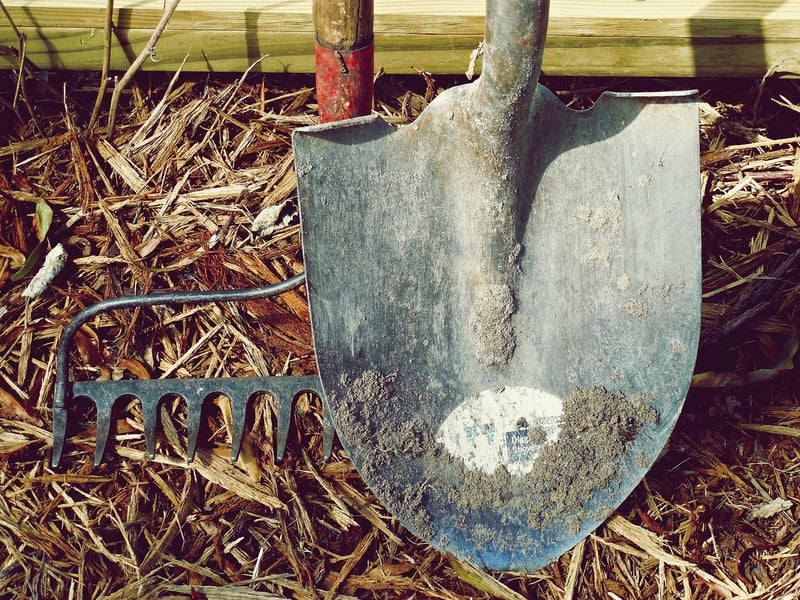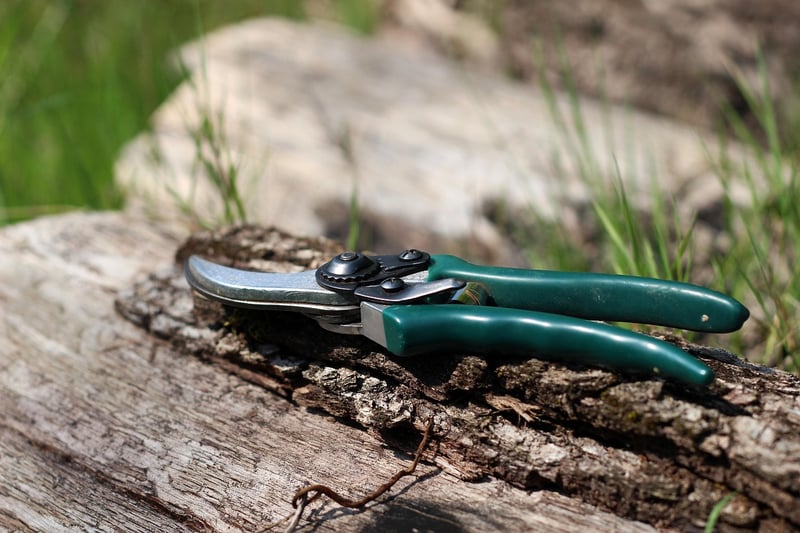Pruning techniques
Keep Your Garden Thriving with Proper Pruning Techniques
Creating a beautiful and healthy garden requires more than just planting the right flowers and shrubs. Regular maintenance, including proper pruning, is essential to keep your garden thriving. Pruning not only enhances the aesthetic appeal of your plants but also promotes their growth and overall well-being. Here are some essential pruning techniques to help you maintain a flourishing garden:
1. Know When to Prune
Understanding the growth patterns of your plants is crucial for determining the best time to prune. While some plants benefit from pruning in early spring before new growth appears, others may require pruning after they have finished flowering. Research the specific needs of each plant in your garden to ensure you prune at the right time.
2. Use the Right Tools
Investing in high-quality pruning tools is essential for achieving clean and precise cuts without causing damage to your plants. Make sure your tools, such as pruning shears, loppers, and pruning saws, are sharp and well-maintained to make the pruning process smoother and more effective.
3. Remove Dead or Diseased Branches
Dead or diseased branches not only detract from the appearance of your plants but can also affect their overall health. Regularly inspect your plants and remove any dead, damaged, or diseased branches to prevent the spread of infections and promote new growth.
4. Promote Air Circulation
Proper pruning helps improve air circulation within your plants, reducing the risk of fungal diseases and promoting healthy growth. Trim back overgrown branches to allow sunlight and air to reach all parts of the plant, ensuring they receive the nutrients they need to thrive.
5. Shape and Control Growth
Pruning allows you to shape your plants according to your desired aesthetic preferences and control their growth. Whether you want to maintain a certain size or encourage branching, strategic pruning techniques can help you achieve the desired shape and structure for your plants.
6. Seek Professional Advice
If you are unsure about the best pruning practices for specific plants in your garden, consider seeking advice from professional gardeners or horticulturists. They can provide valuable insights and guidance tailored to your garden's unique needs.

By incorporating these pruning techniques into your garden maintenance routine, you can ensure that your plants remain healthy, vibrant, and visually appealing throughout the year. Remember to approach pruning with care and attention to detail to maximize the benefits for your garden.
Happy pruning!
